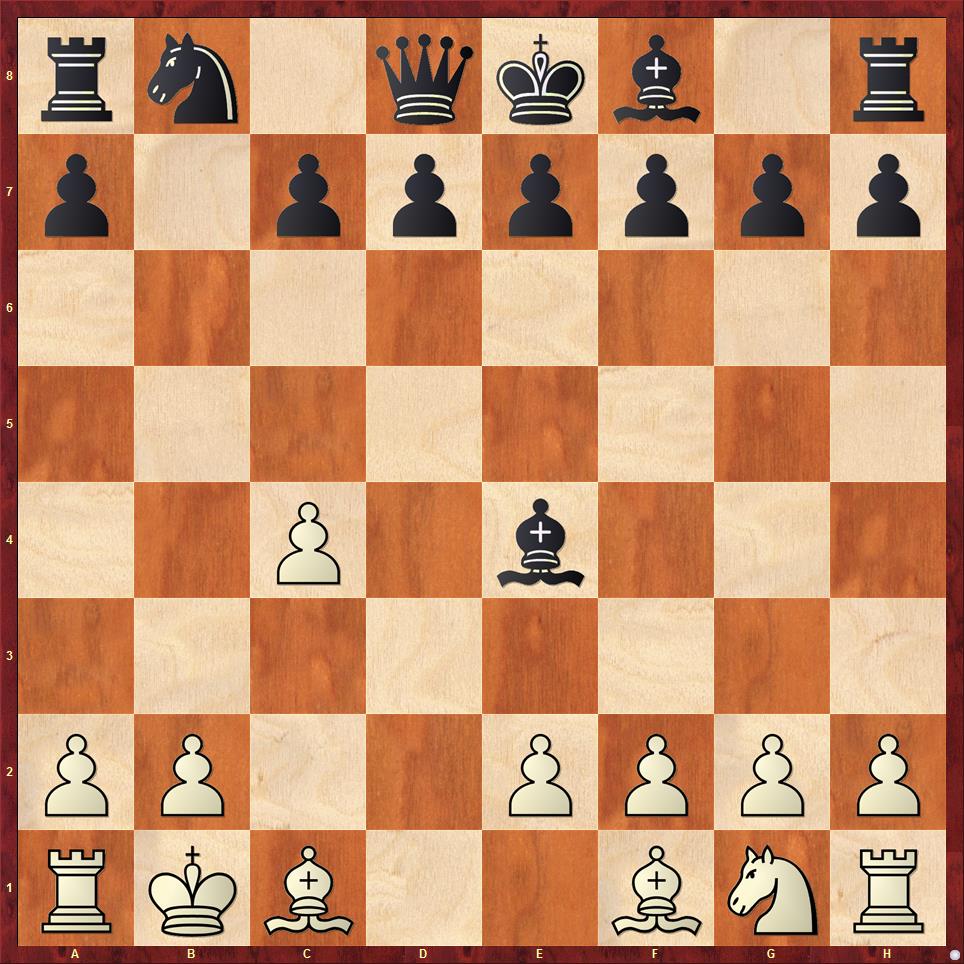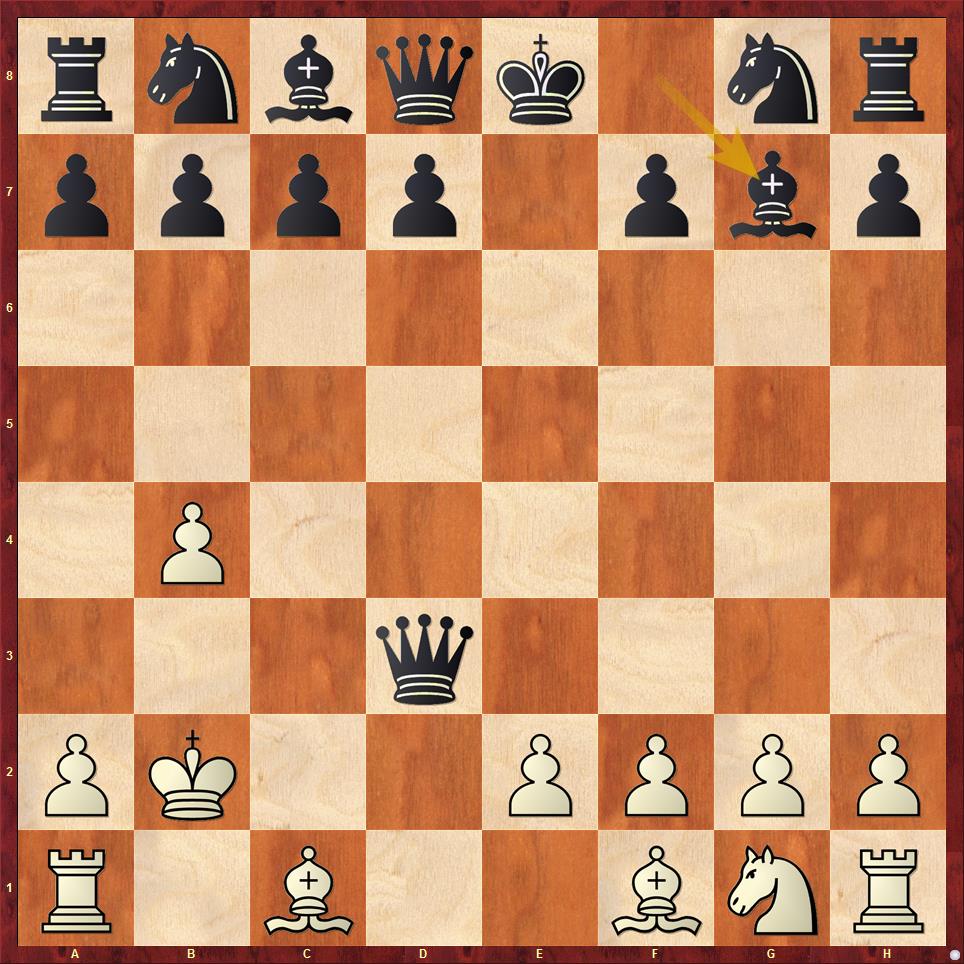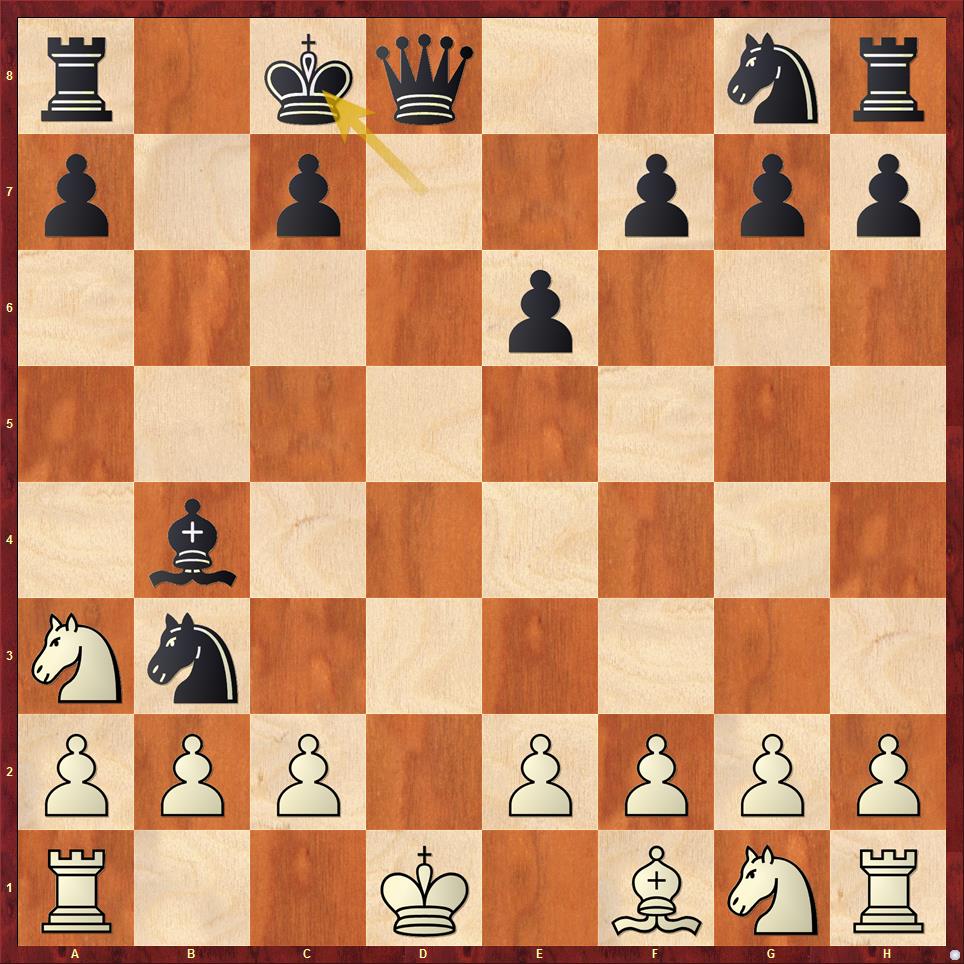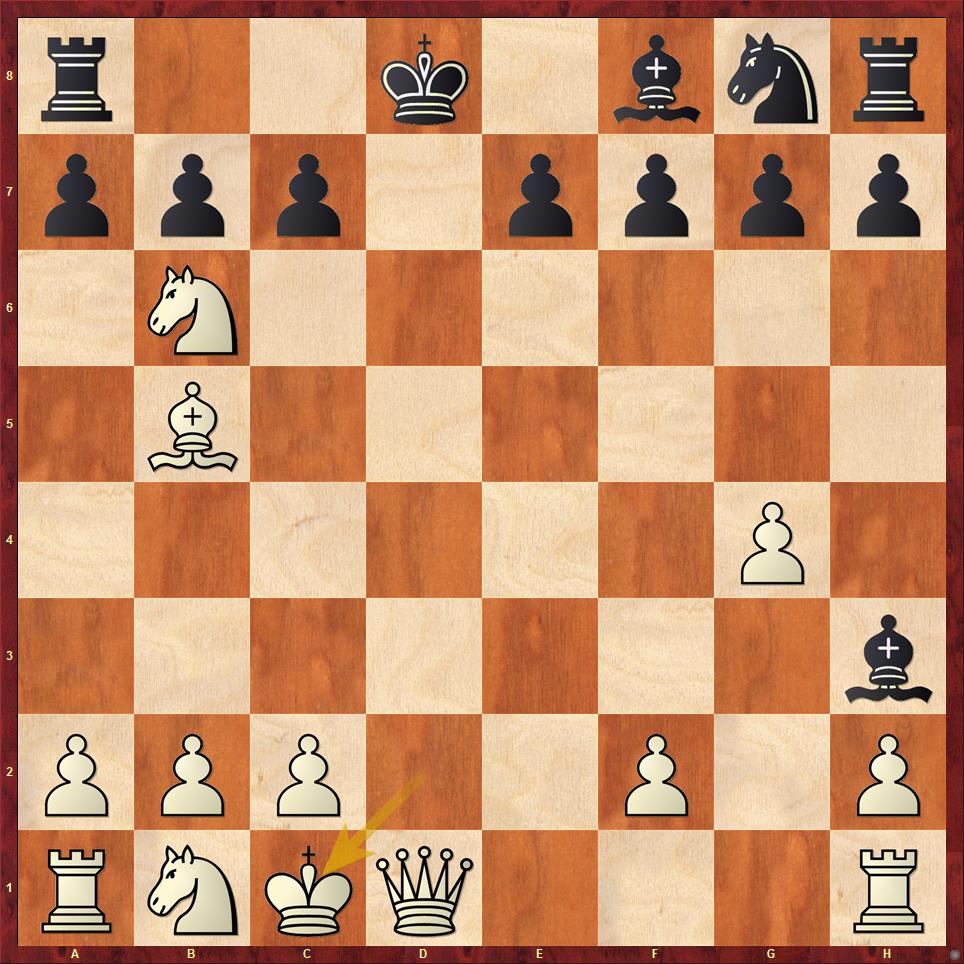Chess puzzles by Stuart Rachels part two
Let us dive into the fun right away and set up the newest chess puzzles by Stuart Rachels. This time we start with a mate in seven moves and end the series with a mate in ten moves.
Construct a chess game that ends in...
As you know you can move the pieces on each of the diagram boards and try to construct games that end in the way specified.
Construct a chess game that ends in...
Grandmaster Jonathan Speelman, who is a good friend of Stuart Rachels, took a strong interest in these creative puzzles. He admitted that it took him days to solve the very first puzzle. Rachels and Speelman exchanged their studies and checked plenty of variations. By doing so, Jonathan "cooked" one of Stuart's puzzles. This means he found a combination reaching the desired result even faster than the original solution!
Jonathan Speelman's Twitch stream about the puzzles was very informative and interesting! He explains how to tackle and approach these kinds of puzzles.
All of Jon Speelman's constructed mate approaches and analysis for replaying:
We warned you how hard the puzzles are. If you were really able to find a solution, the satisfaction must have been immense. Furthermore, you will have experienced the creative beauty of the puzzles and how much work Rachels put into them.
Solution one:

- c4 Nf6
- Qb3 Ne4
- Qxb7 Bxb7
- Kd1 Nxd2
- Kc2 Nxb1
- Kxb1 Be4 mate
Note, White was also able to play c3 in the first move.
What stands out is that the white king wasn't even touched in the first three moves. The black bishop maneouver to b7 was necessary.
The other solution of the puzzle is in Jonathan Speelman's replayer analysis.
Solution two:

- d3 e5
- Kd2 e4
- Kc3 exd3
- b4 dxc2
- Qd4 cxb1(Q)
- Qxg7 Qd3+
- Kb2 Bxg7 mate
Rachels points out that the solution may also begin 1. d4 e5 2. Kd2 exd4 3. b4 d3 4. Kc3
The problem is solved, thanks to Black's stunning excelsior pawn walk. All solutions without the pawn fail, because the white king simply cannot make illegal moves and walk through a check.
Solution three:

- d4 d5
- Bd2 Nc6
- Na3 Nxd4
- Bb4 Nb3
- Qxd5 e6
- Qxb7 Kd7
- Kd1 Bxb4
- Qxc8+ Kxc8 mate
Rachels and Speelman collaborated on this puzzle for a while and came to the conclusion that, if the black and white pieces are switched, the position can be reached half a move earlier.
Both chess masters are fine gentlemen and it seems nobody wanted to take credit of whom found the quicker solution.
Quicker Solution three:

- Nf3 Nc6
- Ne5 Nd4
- Nxd7 Nxe2
- Nb6 Qxd2
- Kxd2 Bh3
- g4 Nxc1
- Bb5+ Kd8
- Kxc1#
It is simply fantastic how different both solutions look in the end. Both have the same manoeuvre with the King moving in front of the queen, but the biggest difference are the knight moves. Of course the black and white pieces have been switched.
A further analysis is viewable in the replayer.
Solution four:
 e3 e5
e3 e5
- Na3 Bxa3
- Qh5 Bxb2
- Bxb2 Ne7
- 0-0-0 0-0
- Qxf7+ Kh8
- Ba1 e4
- Kb2 g6
- Ka3
Stuart Rachels:
I see only two possible final positions; Black can also play … g5 (instead of … g6). Of course, White can also play Qf3 instead of Qh5.
Unique castling on both sides led to this outcome.
We are looking forward for your analysis, ideas and approaches in the comment section.
Links:
.jpeg)





















 e3 e5
e3 e5





